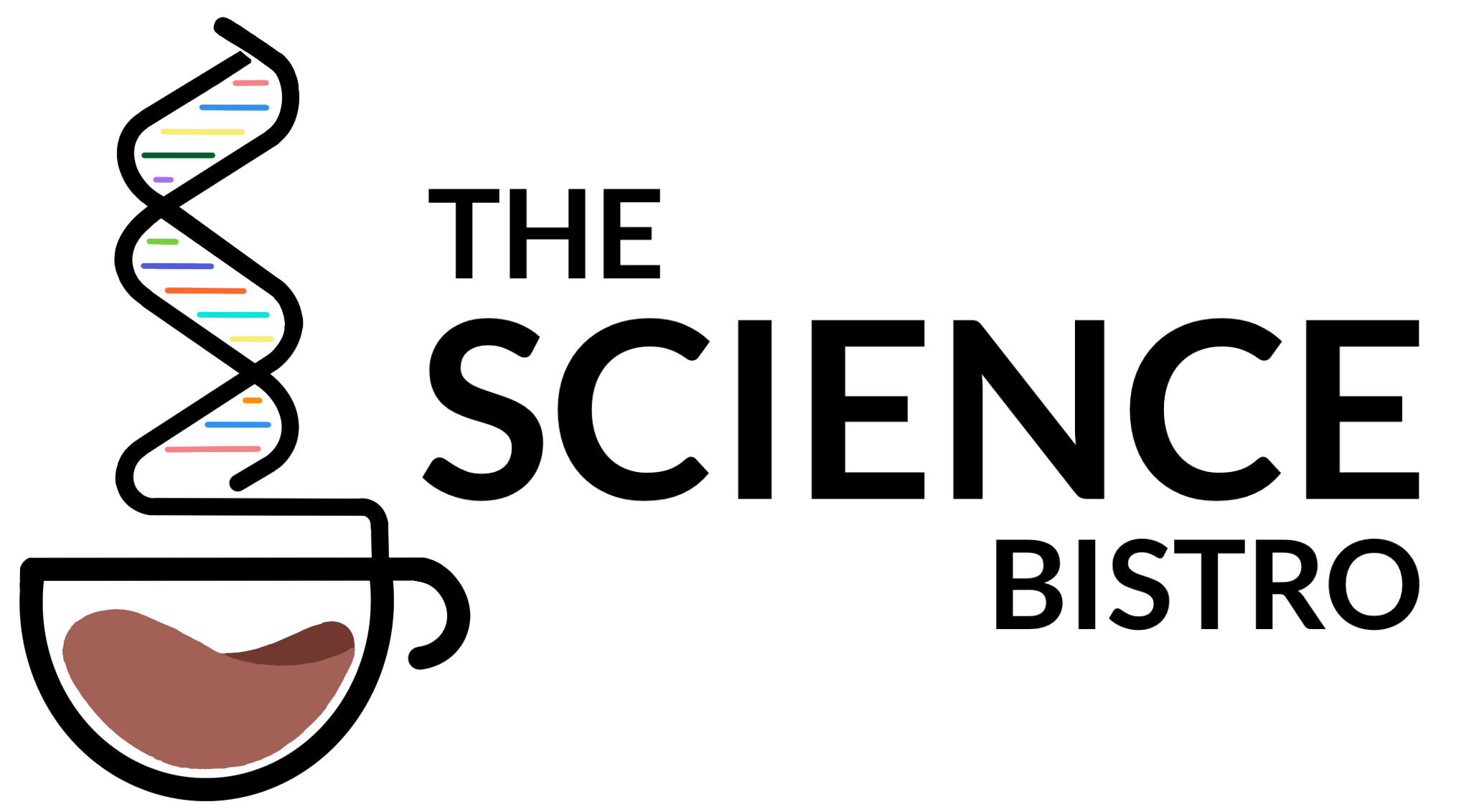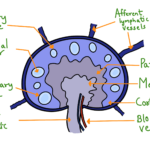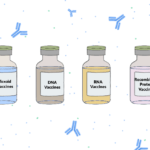Due to increasing emergence and evolution of multi-drug resistant pathogenic microbes, there is urgent need of new-generation antibiotics at a global scale. Antimicrobial resistance is a topic of major concern, especially in the life-threatening diseases like sepsis. Antimicrobial peptides (AMPs) are natural compounds (proteinaceous biomolecules) isolated from living organisms (micro-organisms, plants, animals) that possess broad spectrum of antibiotic activities against pathogenic microbes like bacteria, fungi, yeasts, protozoa and viruses. They sometimes exhibit cytotoxic activity against cancer cells. Use of antimicrobial peptides which are bactericidal to the broad spectrum of bacteria is one of the approach to address the issue of multi-drug resistant bacteria / superbugs. AMPs containing proline as predominant residues targets intracellular pathways as their mode of antimicrobial action. Proline rich AMPs inhibits protein synthesis by interacting with the 70S subunit of ribosome. While, cysteine derived AMPs possess strong antimicrobial activity against both Gram-positive as well as Gram-negative bacteria. They also show cytoxicity towards cancer cells. Cysteine rich AMPs have antimicrobial mode of action through membrane permeabilization. Hence, proline and cysteine rich AMPs serve as promising candidates for next-generation antibiotics due to their unique mode of action.
Multi-drug resistant pathogens
Increasing level of resistance by multi-drug resistant pathogen towards currently used clinical antibiotics is a cause of serious concern in health care and agricultural industry. Many patients across the world are suffering from superbugs like vancomycin resistant enterococci, methicillin resistant Staphylococcus aureus, and drug resistant tuberculosis [1]. Copper based antibiotics are mainly used in plant diseases. But the emergence of drug resistant strains, health and environmental concerns limits the use of these copper-based antibiotics [2]. Antimicrobial peptides (AMPs) show promising candidates to help deal with the issue of multi-drug resistant bacteria as we head towards post-antibiotic era. AMPs are now viewed as a potential alternative to conventionally used antibiotics and their mode of mechanisms are well known and studied [3].
Antimicrobial Peptides (AMPs)
AMPs are known for membrane disruptive mode of action resulting in bacterial cell lysis and showing a bactericidal activity. While, many AMPs have intracellular mode of action and are non-lytic [4]. AMPs are the oligopeptides consisting of usually 8-50 amino acids of 2-10 kDa, generally having about 40% hydrophobic amino acids and represent amphipathic properties. AMPs are known to be multifunctional effectors for natural defense in living organisms. Due to the presence of lysine and arginine residues in abundance, AMPs usually have a positive net charge ranging from +2 to +9. These presence of lysine and arginine residues are important for electrostatic interaction with negatively charged biological membranes [5-8]. AMPs form three dimensional amphiphilic structure due to disulfide bridges where, positively charged hydrophilic domains are separated from hydrophobic domains. This conformation facilitates in interaction with bacterial membranes. AMPs are also described as cationic host defense peptides (HDPs) or cationic antimicrobial peptides (CAMPs) due to presence of high amount of cationic amino acid residues [9]. CAMPs possess low net positive charge, i.e, 0 to +3 (temporins and bombinins H) [10]. Also, anionic antimicrobial peptides (AAMPs) have also been discovered having net charge of -1 to -7 [11]. Maximin-H5 isolated from frog skin [12] and dermicidin from sweat glands in humans [13] are the examples of AAMPs. AMPs are rich in particular amino acid residues like proline [14], tryptophan [15, 16], glycine [17, 18], cysteine [19] and histidine [20]. The differences in amino acid content, sequence length, net charge, motifs are responsible for the different mode of action of AMPs.
References:
- Mishra, A.K., Choi, J., Moon, E., and Baek, K.H. (2018). Tryptophan-Rich and Proline-Rich Antimicrobial Peptides. Molecules 23, 815.
- Sundin, G.W., and Bender, C.L. (1993). Ecological and genetic analysis of copper and streptomycin resistance in Pseudomonas syringae pv. syringae. Appl. Environ. Microbiol. 59, 1018 1024.
- Kang, H.K., Kim, C., Seo, C.H., and Park, Y. (2017). The therapeutic applications of antimicrobial peptides (AMPs): A patent review. J. Microbiol. 55, 1–12.
- Welch, N.G., Li, W., Hossain, M.A., Separovic, F., O’Brien-Simpson, N.M., et al. (2020). (Re)Defining the Proline Rich Antimicrobial Peptide Family and the Identification of Putative New Members. Front. Chem. 8, 607769.
- Fernández-Vidal, M., Jayasinghe, S., Ladokhin, A.S., and White, S.H. (2007). Folding amphipathic helices into membranes: Amphiphilicity trumps hydrophobicity. J. Mol. Biol. 370, 459 470.
- Hancock, R.E.W. (1997). Peptide antibiotics. Lancet 349, 418–422.
- Powers, J.-P.S., and Hancock, R.E.W. (2003). The relationship between peptide structure and antibacterial activity. Peptides 24, 1681–1691.
- Hancock, R.E.W., and Rozek, A. (2002). Role of membranes in the activities of antimicrobial cationic peptides. FEMS Microbiol. Lett. 206, 143–149.
- Brown, K.L., and Hancock, R.E.W. (2006). Cationic host defense (antimicrobial) peptides. Curr. Opin. Immunol. 18, 24–30.
- Mangoni, M.L., Marcellini, H.G.L., and Simmaco, M. (2007). Biological characterization and modes of action of temporins and bombinins H, multiple forms of short and mildly cationic anti-microbial peptides from amphibian skin. J. Pept. Sci. 13, 603–613.
- Harris, F., Dennison, S.R., and Phoenix, D.A. (2009). Anionic antimicrobial peptides from eukaryotic organisms. Curr. Protein Pept. Sci. 10, 585–606.
- Lai, R., Liu, H., Hui Lee, W., and Zhang, Y. (2002). An anionic antimicrobial peptide from toad Bombina maxima. Biochem. Biophys. Res. Commun. 295, 796–799.
- Steffen, H., Rieg, S., Wiedemann, I., Kalbacher, H., Deeg, M., et al. (2006). Naturally processed dermcidin-derived peptides do not permeabilize bacterial membranes and kill microorganisms irrespective of their charge. Antimicrob. Agents Chemother. 50, 2608–2620.
- Kragol, G., Hoffmann, R., Chattergoon, M.A., Lovas, S., Cudic, M., et al. (2002). Identification of crucial residues for the antibacterial activity of the proline-rich peptide, pyrrhocoricin. Eur. J. Biochem. 269, 4226–4237.
- Chan, D.I., Prenner, E.J., and Vogel, H.J. (2006). Tryptophan- and arginine-rich antimicrobial peptides: Structures and mechanisms of action. Biochim. Biophys. Acta Biomembr. 1758, 1184–1202.
- Dong, N., Ma, Q., Shan, A., Lv, Y., Hu, W., et al. (2012). Strand length-dependent antimicrobial activity and membrane-active mechanism of arginine- and valine-rich β-hairpin-like antimicrobial peptides. Antimicrob. Agents Chemother. 56, 2994–3003.
Become A Contributor
Publish your articles on The Science Bistro
The Science Bistro’s publishing platform helps you easily publish your articles. Become a contributor now and start publishing your articles.
Follow Us on Pinterest 👇





